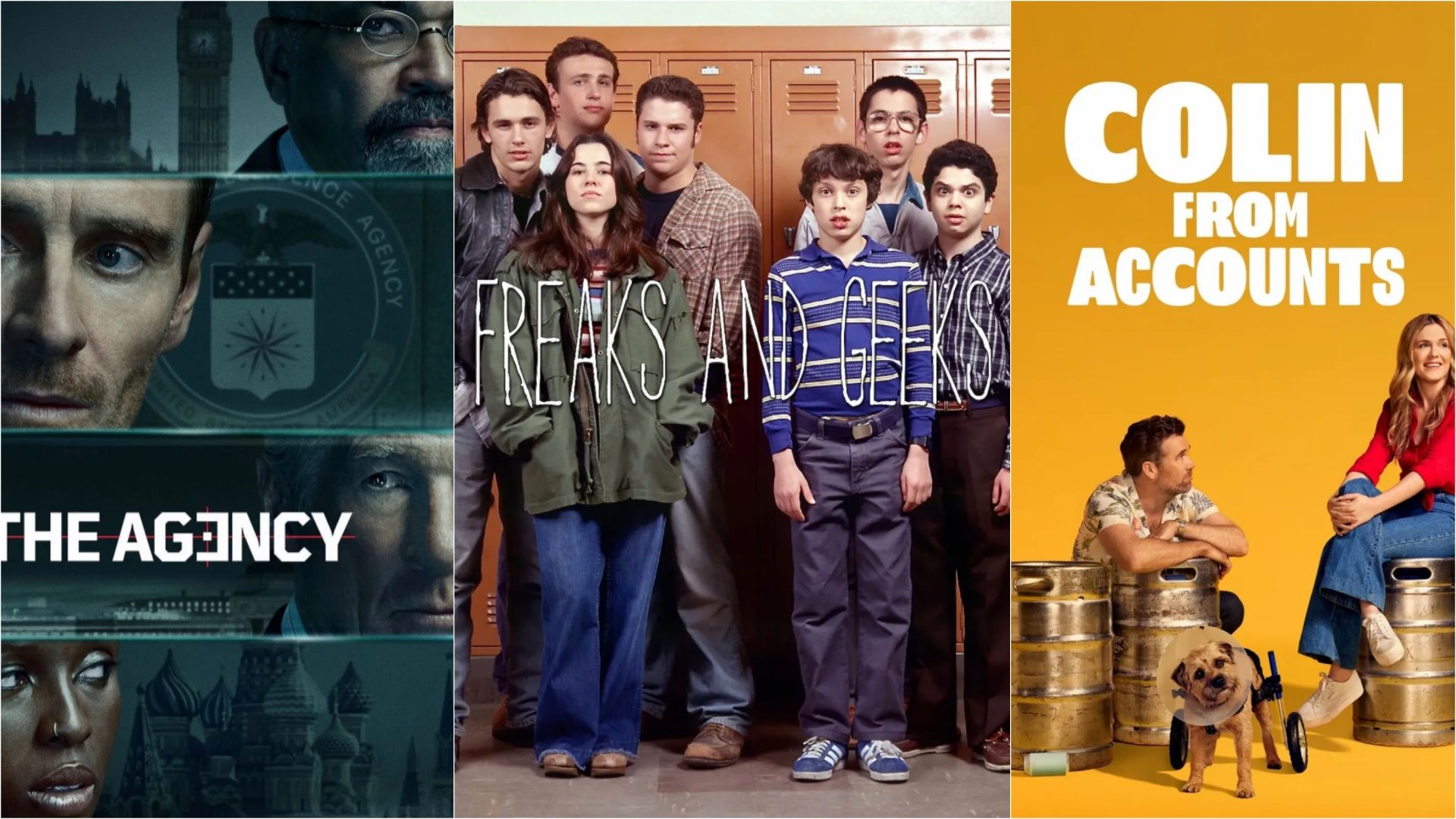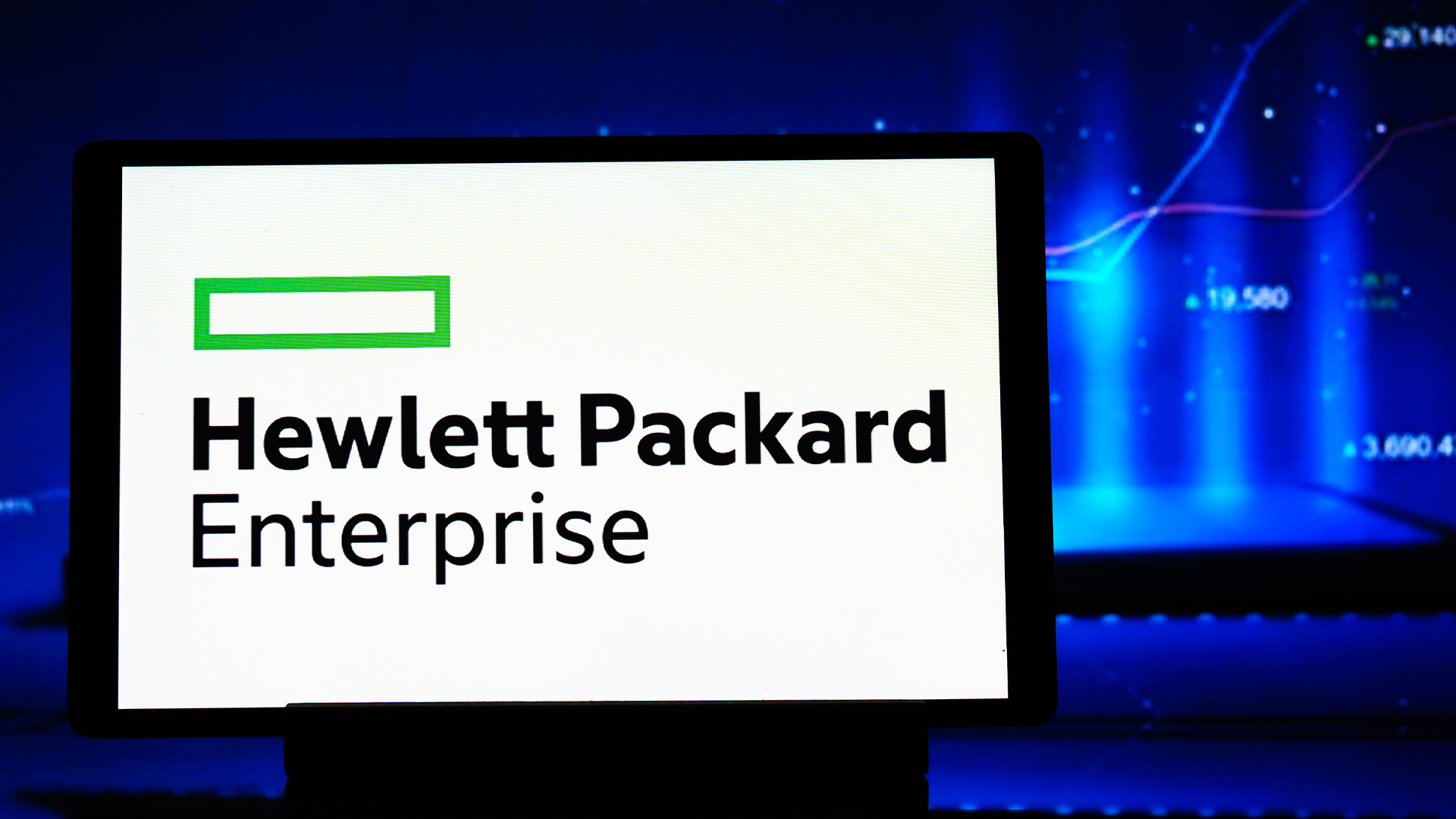I Trained My YouTube Algorithm, and You Should Too

If Nielsen stats are to be believed, we collectively spend more time in front of YouTube than any other streaming service—including Disney+ and Netflix. That’s a lot of watch hours, especially for an app that demands a great deal of trust when it comes to its algorithmic recommendations, which can easily steer you into strange, inflammatory, or downright dark directions. If you’d like a little more control over what you see, allow me to share with you the steps I took to finally tame my own YouTube algorithm.
Despite how much time we devote to watching YouTube, the app doesn’t behave quite like most other streamers. Rather than loading up the hub page for a show or movie you want to watch, you often have to hope that if there’s a new episode of a thing you like, YouTube will show it to you. (As someone who dabbles as a YouTube creator myself, I would love if the app offered show-specific landing pages, instead of a collection of playlists.)
And since the content on YouTube is so varied, it’s easy to get your algorithm off track. Maybe you’re in the habit habit of watching long-form content on YouTube, only to see that disrupted by one errant cat video—suddenly, YouTube seems to think you want to see only cat videos, and nothing more.
As YouTube has yet to answer my pleas for context-specific browsing profiles, I’ve had to make do with learning every trick I can to direct the algorithm myself.
The basics: Likes, Dislikes, Subscriptions, and the Bell
You can’t spend 20 minutes on the app without a YouTuber preaching the gospel of like, share, and subscribe. You know by now how those actions help your favorite creators, but how do they help you? Unfortunately, there’s no way to know exactly what effect your engagement has on the algorithm (even YouTube can’t know for sure), but there are a few useful things to keep in mind:
-
Use Likes and Dislikes to nudge your recommendations, not to express approval or disapproval. The thumbs up/down buttons are the most direct way to express your interest (or lack thereof) to YouTube. They’re also one of the most widely misunderstood tools. Don’t think of them as a way to communicate with the creator about the substance of their content. In general, it’s best to think of them as nudges for your personal recommendations. Likes are pretty strong indicators that you want to see more similar content, but Dislikes won’t necessarily block a particular creator or topic from appearing in your feeds.
-
Subscribing is good, but not a guarantee. You can think of subscribing to a channel as sort of a super-like for the channel as a whole. This tells YouTube you want to see what they make next (or see more of their backlog). The downside is, subscribing doesn’t guarantee you’ll see anything. YouTube tends to favor more recent subs in your recommendations. If you want to see everything all the people you subscribe to make, you actually need to seek out your Subscriptions tab.
-
Clicking the bell really is the best thing you can do. Creators often like to remind you to “click the bell,” and they do it for a reason: This will send you a push notification (assuming you allow notifications from your YouTube app) whenever one of your subs uploads a new video. Not only does that increase the likelihood you’ll see new videos you care about, but it gives those creators important metrics they can use to understand their audience.
These are all extremely basic tools for refining your suggestions, but it’s also important to understand them in context. YouTube doesn’t just look at what you say you want, it watches how you actually behave on the app. If you like a video, subscribe to the channel, and hit the bell, but then you never watch a video from that creator again, YouTube will eventually stop recommending them.
That’s neither a good nor bad thing on its own, and contrary to some paranoia among creators, it’s not even bad for the channels themselves. The YouTube algorithm’s goal is to put something in front of you that you’re likely to spend time watching. If the videos it suggests aren’t meeting that goal—no matter how much you’ve told the algorithm to show those videos to you—it will move on to something else. Understanding that gives us some context for moving on to some next-level algorithm taming.
Intermediate algorithm training: Refine your history and reject videos you don’t want to see
Credit: Eric Ravenscraft
If likes, subscriptions, and the bell are all small nudges to the algorithm, are there big nudges you can use? I’m so glad you asked. Watch time is the most obvious, but that’s just using YouTube. And no, there’s not much benefit in trying to manipulate this. Just keep watching things you like and stop watching things you dislike, and YouTube will try to follow your patterns.
“Try to” being the operative word. Anyone who’s ever fixed a door knows that YouTube can be a bit over-eager to show you hours of content about something you spent five minutes watching. One quick way to fix this is to head to your History, find the video in question, and click “Remove from watch history.” In addition to not showing up in your previously-watched videos list, YouTube also won’t consider it something you spent time on when recommending new videos.
This trick only works for individual videos you’ve previously watched, though. If you’re getting recommendations based on broad topics you don’t like, you can ask not to see those recommendations before you even click on the video. Tap the menu button on a video’s thumbnail to find options labeled “Not interested” (good for indicating you don’t like this particular video suggestion) and “Don’t recommend channel,” which is the closest thing YouTube has to completely blocking a channel.
Frustratingly, if you allow YouTube to autoplay videos from the thumbnail before you ever click on a video—a feature you can and arguably should turn off—then that can count as a “view” in your watch history. I’ve lost track of how often I’ve set my phone down and accidentally “watched” a video for a few minutes. Even if you select “not interested” before clicking on a video, if it has autoplayed, you might need to remove it from your history as well.
What do you think so far?
Advanced algorithm mastery: Use playlists and multiple accounts to get recommendations silos

Credit: Eric Ravenscraft
I will die on the hill of my belief that YouTube should have a mode switcher. I want to be able to have a profile for watching in-depth video essays on niche topics and another profile for dumb cat videos. YouTube has come sort of close with the introduction of category tags. In some places, like YouTube on the web or certain views in apps, you’ll see a list of tags for things like “Gaming” or “News” that will filter suggestions. In my opinion these are useful, but inadequate.
I’d rather have something that lets me train my personal recommendations in different buckets directly. And over the years I’ve developed two main strategies for accomplishing this: playlists and account switching.
Playlists
For the playlists approach, I save videos that I liked on a particular topic to a specific list. Then, if I want to see more videos on that topic, I’ll open up the playlist and look through the sidebar. This usually gives me more specific video recommendations to that topic (interspersed with the usual recommendation buckshot), as well as more specific genre filters for me to drill deeper. The only downside to this approach is that it all happens in the sidebar of another video. It’s a little nicer on mobile, but it can feel a little hacky at times.
Account switching
The account switching workaround feels more natural while browsing, but it’s a bit more cumbersome to change modes. YouTube has gotten much better at account switching, with a simple “Switch accounts” dropdown in most of its apps. Of course, each one requires an entire Google account, but there’s a decent chance you already have at least five of these by now, anyway.
There’s nothing special about filtering videos this way, but it gives you a few different blank slates to work from, instead of one giant one. For example, I have a Gmail account that I only use as a throwaway for junk where I don’t want to give my real email address. On YouTube, if I decide I want to indulge in junk video compilations, I’ll switch accounts first. That way, any garbage I watch won’t affect my primary account’s recommendations. (This is also helpful if you want to have guests over but don’t want them to poison your well with videos they pull up.) The only downside? If you use YouTube Premium to avoid ads, then that won’t carry over to all your other accounts.
All of this tinkering will result in a streaming experience that is still less ideal than how apps like Netflix and Disney+ work. On those services, you can set up multiple profiles within your a single account, and pretend it’s actually your aunt that’s watching all that garbage TV when she comes to visit. Until YouTube makes that an official feature, the tricks outlined above will hopefully help you get better suggestions.









